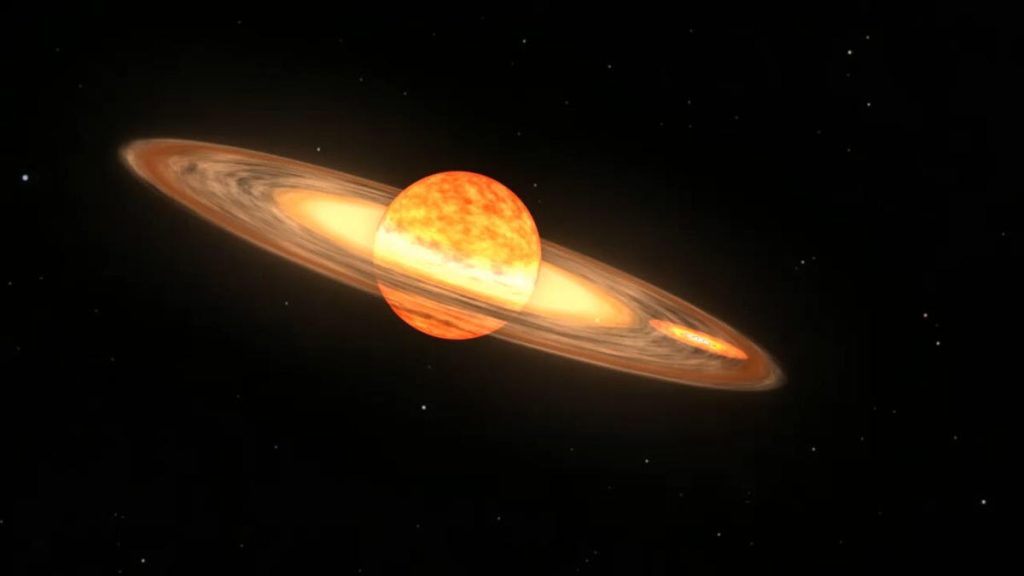Every 80 years, a rare celestial event known as a nova occurs, where a white dwarf star erupts and increases in brightness ten thousandfold. This cosmic fireworks show can be seen with the naked eye from millions of miles away and is eagerly anticipated by NASA scientists and astronomers. The event is caused when a white dwarf star pulls in solar material from a nearby red giant, leading to a thermonuclear explosion that results in a temporary increase in brightness. This explosion, known as a nova, can be visible for up to a week after it occurs, appearing as a new star in the sky. The next nova event is expected to happen soon, with the possibility of it occurring anytime between now and September, although it may take longer.
The upcoming nova event is expected to originate from the T Coronae Borealis star system, also known as the Blaze Star, located about 3,000 light years away in the Northern Crown of the Milky Way. This binary star system consists of a white dwarf and an aging red giant star, with the white dwarf pulling in material from the red giant until a runaway thermonuclear reaction occurs, resulting in a nova. The previous nova from this system occurred in 1946, and the cycle has been ongoing for over 800 years. Scientists and astronomers are excited about the upcoming event, as it provides a rare opportunity for people to observe a cosmic event firsthand and potentially spark an interest in astronomy among young individuals.
The Corona Borealis constellation, where the nova will take place, can be challenging to locate in the night sky, especially in areas with light pollution. The easiest way to find it is by identifying the two brightest stars in the Northern Hemisphere, Vega and Arcturus, and drawing an imaginary line between them to locate Corona Borealis. Another method is to look for the Hercules constellation, as Corona Borealis is situated near it. While the exact timing of the nova event is uncertain, astronomers anticipate it to happen before September, with the possibility of it occurring sooner. Citizen astronomers and space enthusiasts are encouraged to report the event for data collection and analysis by NASA.
Observing the nova does not require a telescope, as it will be visible to the naked eye on a clear night. The event will appear as a bright new star in the sky, different from the intense explosions associated with supernovas. While telescopes and binoculars can enhance the viewing experience, they are not essential for seeing the nova. There are various types of cosmic explosions, including supernovas, novas, hypernovas, and kilonovas, each characterized by different properties and origins. Supernovas, for example, are the ultimate demise of a star, while novas result from the interaction between a white dwarf and a red giant, showcasing the diverse and captivating nature of the universe.
In preparation for the nova event, NASA is engaging with the global community of astronomers, scientists, and space enthusiasts to collaborate on data collection and analysis. Early detection of the nova will enable researchers to observe its peak and decline, gaining insights into its behavior and mechanisms. By leveraging social media and email alerts, NASA aims to involve a wide range of individuals in observing and documenting the celestial event. The collaborative efforts of both professional and amateur astronomers will contribute to a better understanding of novas, enriching scientific knowledge and inspiring curiosity about the mysteries of the cosmos.


